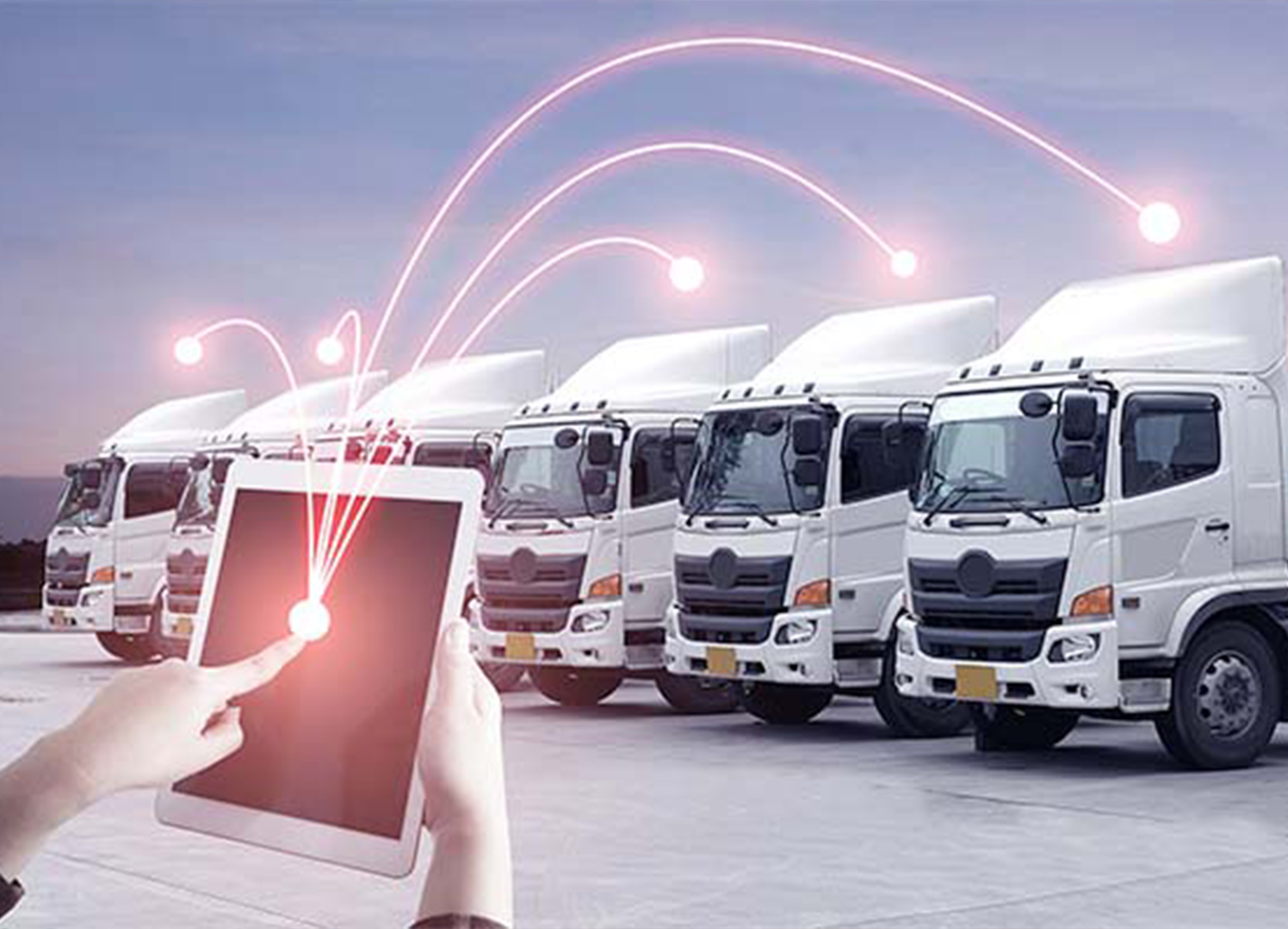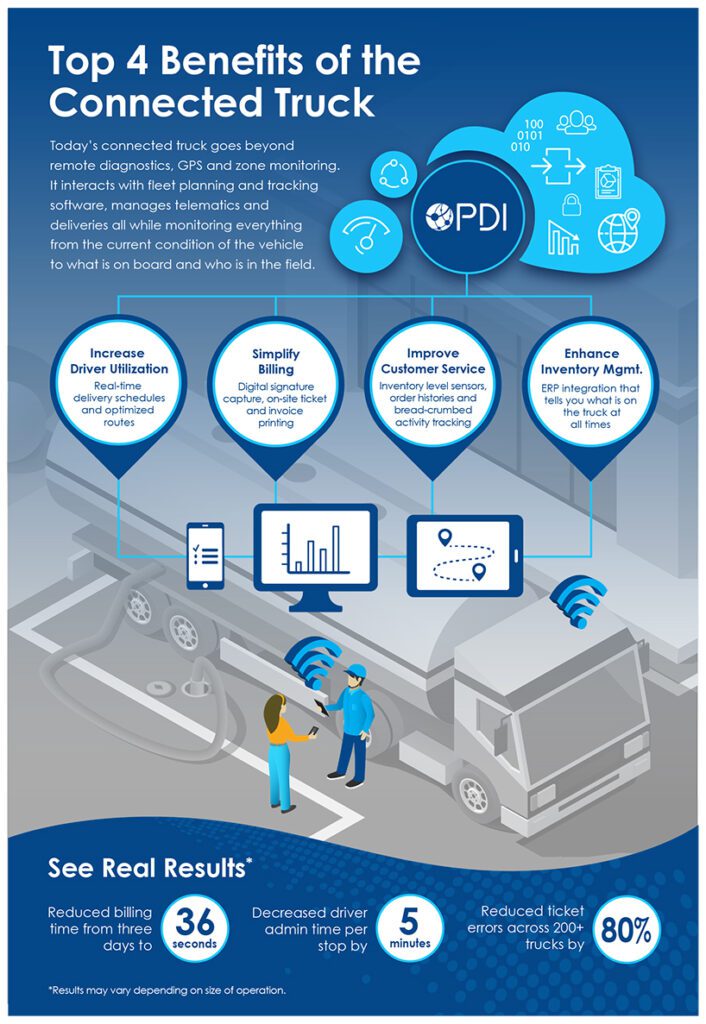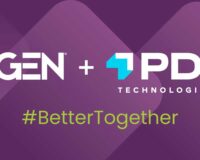
Two key trends are driving trucking fleets to go mobile in order to increase both driver productivity and organizational efficiency. Fluctuating fuel demand is the first trend and drivers in short supply is the second. With both trends anticipated to have long-lasting impacts on fleet management, more businesses are going digital.
Historically, the goal of fleet management and monitoring was all about maintaining a connection between fleet managers and vehicles. The reasons for this included tracking and visibility as well as driver safety and security. Moreover, the process was meant to protect the company’s valuable assets and guarantee the intact delivery of the freight on board.
While fleet monitoring has been the focus of significant modernization, simple telematics systems alone might not be sufficient to accomplish these goals. As a result, modern fleet management now requires the advent of the “connected truck.”
Introducing the Connected Truck
Beyond remote diagnostics, GPS, and zone monitoring, the connected truck must monitor the vehicle’s current condition and its ability to utilize its resources—safely and efficiently. In addition to providing simple diagnostic data, the connected truck interacts with fleet planning and tracking software, manages telematics and deliveries, and is aware of the inventory on each truck at all times.

When fully leveraged, this technology can deliver four key benefits to your fleet operations.
1. Increased Driver Utilization
To maximize productivity, connected truck drivers are always aware of their delivery schedules in real time. Updated dispatch information is delivered to drivers so they can view changes to delivery schedules on their mobile devices. A connected truck is not only linked to dispatch but also to other drivers. Drivers also receive optimized routes throughout each shift to ensure the maximum number of deliveries can be completed.
2. Improved Customer Service
Implementing a connected truck solution also helps you serve your customers better. Without delighted customers, fuel efficiency numbers, geofences, and braking and acceleration ratios don’t matter. Beyond these considerations, a truly connected truck safely completes the fundamental task of delivering the desired inventory in a reasonable amount of time. Customer-focused features such as inventory level sensors, order histories, and breadcrumbed activity tracking enable drivers to provide customers with more precise arrival and departure times. And, if you place all that data in the cloud, you always have the numbers you need to keep your customers informed.
3. Simplified Billing
Simplified billing is another key feature of a truly connected truck. Consider two scenarios: In one, inventory is delivered to a customer by an otherwise disconnected truck. Two weeks later, the customer receives a paper invoice in the mail that gets lost, goes unpaid, accrues late fees, and so on. At best, this sort of old-school billing is a nuisance. At worst, it leads to higher costs and strained customer relations.
In the second scenario, the invoice from the connected truck is provided right on the spot as soon as delivery takes place. Signatures are captured electronically. Delivery tickets and invoices are printed and left onsite or emailed to all parties, providing proof of delivery, a consensus of volume, and accurate transaction details.
4. Enhanced Inventory Management
For some people, inventory management is a combination of guesswork, instincts, and gut feelings. No doubt, these folks get close…sometimes. Other times, not so much—especially when a truck in question has to make 20 deliveries in a day. A connected truck removes the guesswork from inventory management with ERP integration that allows drivers and dispatchers to know exactly what inventory is available on all trucks at all times. So, if one truck is running short on inventory, dispatch can send another truck to take care of the delivery with all relevant customer information automatically transferred as part of a seamless operation.







